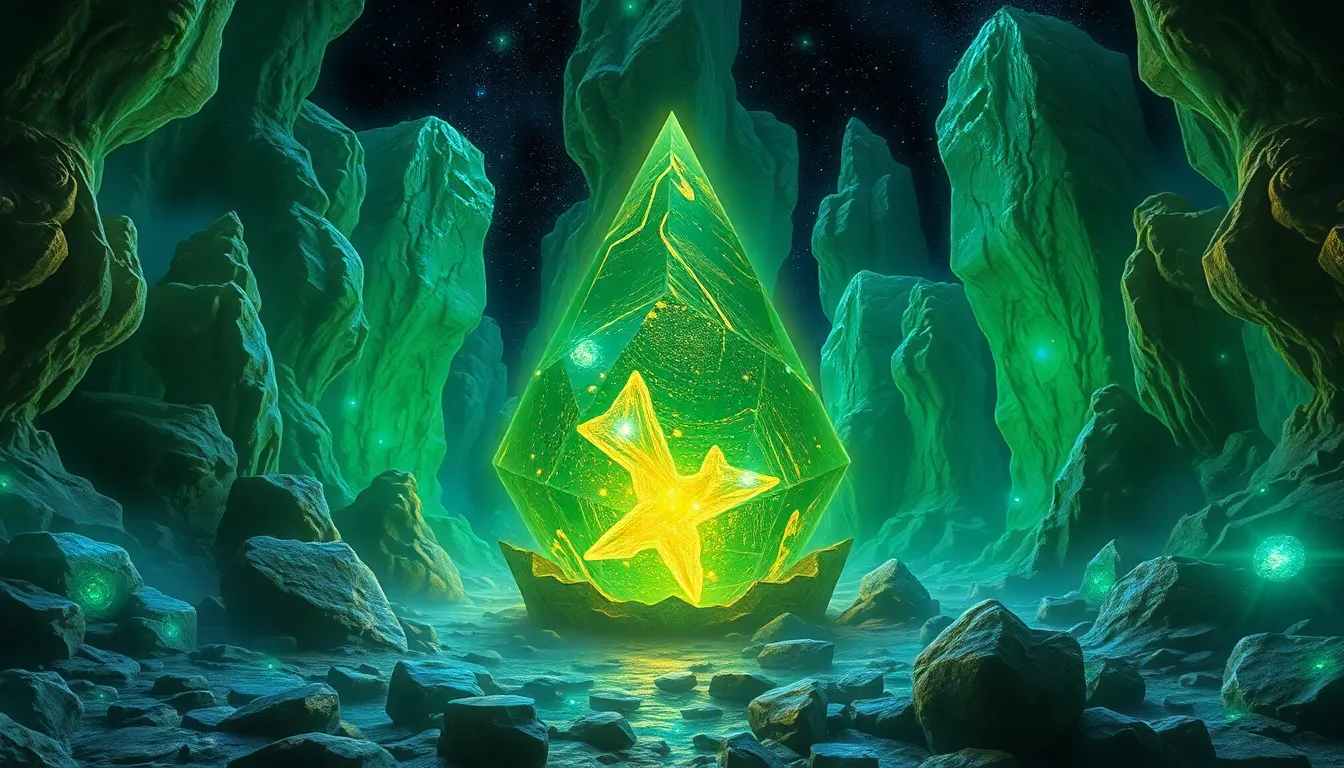The Gem of the Earth: Myths of Nature’s Treasures
Introduction: The Allure of Nature’s Gems
Gems and natural treasures have captivated humanity for centuries, representing beauty, rarity, and value. They are not just mere minerals; they embody stories, history, and culture. From ancient civilizations to modern societies, gemstones have held profound significance, often regarded as symbols of power, status, and spirituality. Their allure transcends mere aesthetics, weaving a rich tapestry of myths and legends that continue to fascinate.
The Origin of Myths: How Nature’s Treasures Were Formed
The formation of gemstones is a geological marvel, involving intricate processes that span millions of years. Gems are formed under extreme conditions, including high pressure and temperature, resulting in the crystallization of various minerals. The journey of a gemstone from deep within the Earth to its polished state is a testament to nature’s artistry.
Historical myths often surround the origins of these treasures. Many cultures believed that gemstones were birthed from the Earth or were the tears of deities. For instance, in ancient Greek mythology, diamonds were thought to be the tears of the gods, reflecting their divine nature and celestial beauty.
Cultural Significance of Gems Across Civilizations
Throughout history, various civilizations have attributed unique meanings to specific gemstones:
- Ancient Egypt: Lapis lazuli was revered for its deep blue hue, symbolizing the heavens and royalty. It was often used in burial artifacts, believed to protect the soul in the afterlife.
- Chinese Culture: Jade holds immense significance in China, symbolizing purity, beauty, and virtue. It is often associated with good fortune and is used in various cultural practices.
- Indian Royalty: Diamonds have long been considered a symbol of power and wealth in India. They are often linked to mythology, where they are depicted as powerful stones that bring strength and protection.
The Mystical Properties of Gemstones
Gemstones are often associated with mystical properties, believed to possess healing, protective, and luck-bringing capabilities. The following are some common beliefs related to specific gemstones:
- Amethyst: Known for its calming energy, amethyst is said to promote tranquility and balance.
- Turquoise: Revered for its protective qualities, turquoise is believed to safeguard against negative energies.
- Ruby: Often associated with passion and vitality, rubies are thought to enhance energy and motivation.
Folklore and Legends of Legendary Gems
Throughout history, certain gemstones have been the center of captivating folklore and legends:
- The Hope Diamond: Known for its striking blue color and size, the Hope Diamond is infamous for its supposed curse, bringing misfortune to its owners over the centuries.
- Koh-i-Noor Diamond: This legendary diamond has a tumultuous history, having changed hands multiple times, and is steeped in tales of power and loss.
- Philosopher’s Stone: In alchemy, the Philosopher’s Stone was believed to turn base metals into gold and grant immortality, often represented by precious stones.
Nature’s Treasures in Modern Spirituality
In recent years, there has been a resurgence of interest in the spiritual properties of gemstones, particularly through practices like crystal healing. Modern spirituality often incorporates ancient myths, blending them with contemporary beliefs to foster healing and personal growth. Many individuals now use crystals in meditation and wellness practices, believing in their ability to influence energy and promote well-being.
The Environmental Impact of Gem Mining
While gemstones are cherished for their beauty, the process of gem mining can have significant environmental consequences. Practices vary widely around the world, with some methods causing severe ecological damage. Common issues include:
- Deforestation and habitat destruction.
- Water pollution from mining runoff.
- Displacement of local communities and disruptions to their way of life.
Ethical concerns have led to a demand for more sustainable and responsible sourcing of gemstones, prompting a shift in industry practices.
The Role of Gemstones in Art and Literature
Gemstones have inspired countless works of art and literature, often symbolizing deeper meanings. In literature, gems can represent wealth, power, or even folly. Notable mentions include:
- In Shakespeare’s works, jewels often symbolize desire and status.
- The famous painting “The Girl with a Pearl Earring” by Johannes Vermeer highlights the beauty and allure of pearls as a symbol of elegance.
Through these artistic expressions, gemstones continue to resonate with audiences, reflecting human emotions and societal values.
Modern Myths and Misconceptions About Gems
Despite their historical significance, modern misconceptions about gemstones persist. Some common myths include:
- The belief that color is the sole determinant of a gemstone’s value, overshadowing clarity and cut.
- Misunderstandings regarding the healing properties of gems, leading to unrealistic expectations.
Media representation can also shape perceptions, often exaggerating the allure and rarity of certain stones, which can mislead consumers.
Conclusion: The Enduring Fascination with Nature’s Treasures
The fascination with gemstones endures through time, reflecting humanity’s love for beauty, mystery, and meaning. As we navigate a changing world, the myths and stories surrounding these treasures will continue to evolve, intertwining with new narratives and beliefs. The allure of nature’s gems remains, captivating hearts and minds across generations.




